|
UN
SUSTAINABILITY GOAL 14 -
OCEANS

ABOUT -
CONTACTS - DONATE
- FOUNDATION -
HOME - A-Z INDEX
The world’s oceans – their temperature, chemistry, currents and life – drive global systems that make the Earth habitable for humankind.
Our rainwater, drinking water, weather, climate, coastlines, much of our food, and even the
oxygen in the
air we breathe, are all ultimately provided and regulated by the
sea. Throughout history, oceans and seas have been vital conduits for trade and transportation.
Careful management of this essential global resource is a key feature of a sustainable future.
FACTS & FIGURES
*
Oceans cover three quarters of the Earth’s surface, contain 97 per cent of the Earth’s water, and represent 99 per cent of the living space on the planet by volume
* Over three billion people depend on marine and coastal biodiversity for their livelihoods
* Globally, the market value of marine and coastal resources and industries is estimated at $3 trillion per year or about 5 per cent of global GDP
* Oceans contain nearly 200,000 identified species, but actual numbers may lie in the millions
* Oceans absorb about 30 per cent of carbon dioxide produced by humans, buffering the impacts of global warming
* Oceans serve as the world’s largest source of protein, with more than 3 billion people depending on the oceans as their primary source of protein
* Marine fisheries directly or indirectly employ over 200 million people
* Subsidies for fishing are contributing to the rapid depletion of many fish species and are preventing efforts to save and restore global fisheries and related jobs, causing ocean fisheries to generate US$ 50 billion less per year than they could
* As much as 40 per cent of the world oceans are heavily affected by
human activities, including pollution, depleted fisheries, and loss of coastal habitats

UN
SUSTAINABLE DEVELOPMENT GOAL (SDG) 14 - PROGRESS IN 2017
Goal 14. Conserve and sustainably use the oceans, seas and marine resources for sustainable development 18. The increasingly adverse impacts of climate change (including ocean acidification), overfishing and
marine pollution are jeopardizing recent gains in protecting portions of the world’s oceans.
Global trends point to continued deterioration of coastal waters owing to pollution and eutrophication (excessive nutrients in water, frequently a result of run-off from land, which causes dense plant growth and the death of animal life from lack of oxygen). Of the 63 large marine ecosystems evaluated under the Transboundary Waters Assessment Programme, 16 per cent of the ecosystems are in the “high” or “highest” risk categories for coastal eutrophication. They are located mainly in Western Europe, Southern and Eastern Asia, and the
Gulf of
Mexico.
Ocean acidification is closely linked to shifts in the carbonate chemistry of the waters, which can lead to a significant weakening of the shells and skeletons of many marine species (such as reef-building
corals and shelled molluscs).
Studies of marine acidity at open ocean and coastal sites around the world have indicated that current levels are often outside
pre-industrial bounds.
Overfishing reduces food production, impairs the functioning of ecosystems and reduces biodiversity. The proportion of world marine fish stocks within biologically sustainable levels has declined from 90 per cent in 1974 to 68.6 per cent in 2013. However, the trend has slowed and appears to have stabilized from 2008 to 2013.
Small-scale fisheries face numerous challenges. In response, about 70 per cent of the respondents to a survey representing 92 countries and the European Union have introduced or developed regulations, policies, laws, plans or strategies specifically targeting small-scale fisheries.
When effectively managed and well resourced, marine protected areas are important mechanisms for safeguarding ocean life. In 2017, protected areas cover 13.2 per cent of the marine environment under national jurisdiction (up to 200 nautical miles from shore), 0.25 per cent of the marine environment beyond national jurisdiction and 5.3 per cent of the total global ocean area.
Source: Report of the Secretary-General, "Progress towards the Sustainable Development Goals",
E/2017/66

SDG
14 TARGETS & INDICATORS
14.1
- By 2025, prevent and significantly reduce marine pollution of all kinds, in particular from land-based activities, including marine debris and nutrient pollution
14.1.1
- Index of coastal eutrophication and floating plastic debris density
14.2
- By 2020, sustainably manage and protect marine and coastal ecosystems to avoid significant adverse impacts, including by strengthening their resilience, and take action for their restoration in order to achieve healthy and productive oceans
14.2.1
- Proportion of national exclusive economic zones managed using ecosystem-based approaches
14.3
- Minimize and address the impacts of ocean acidification, including through enhanced scientific cooperation at all levels
14.3.1 - Average marine acidity (pH) measured at agreed suite of representative sampling stations
14.4
- By 2020, effectively regulate harvesting and end overfishing, illegal, unreported and unregulated fishing and destructive fishing practices and implement science-based management plans, in order to restore fish stocks in the shortest time feasible, at least to levels that can produce maximum sustainable yield as determined by their biological characteristics
14.4.1
- Proportion of fish stocks within biologically sustainable levels
14.5
- By 2020, conserve at least 10 per cent of coastal and marine areas, consistent with national and international law and based on the best available scientific information
14.5.1
- Coverage of protected areas in relation to marine areas
14.6
- By 2020, prohibit certain forms of fisheries subsidies which contribute to overcapacity and overfishing, eliminate subsidies that contribute to illegal, unreported and unregulated fishing and refrain from introducing new such subsidies, recognizing that appropriate and effective special and differential treatment for developing and least developed countries should be an integral part of the World Trade Organization fisheries subsidies negotiation
14.6.1
- Progress by countries in the degree of implementation of international instruments aiming to combat illegal, unreported and unregulated fishing
14.7
- By 2030, increase the economic benefits to Small Island developing States and least developed countries from the sustainable use of marine resources, including through sustainable management of fisheries, aquaculture and tourism
14.7.1
- Sustainable fisheries as a percentage of GDP in small island developing States, least developed countries and all countries
14.a
- Increase scientific knowledge, develop research capacity and transfer marine technology, taking into account the Intergovernmental Oceanographic Commission Criteria and Guidelines on the Transfer of Marine Technology, in order to improve ocean health and to enhance the contribution of marine biodiversity to the development of developing countries, in particular small island developing States and least developed countries
14.a.1
- Proportion of total research budget allocated to research in the field of marine technology
14.b
- Provide access for small-scale artisanal fishers to marine resources and markets
14.b.1
- Progress by countries in the degree of application of a legal/regulatory/policy/institutional framework which recognizes and protects access rights for small-scale fisheries
14.c
- Enhance the conservation and sustainable use of oceans and their resources by implementing international law as reflected in UNCLOS, which provides the legal framework for the conservation and sustainable use of oceans and their resources, as recalled in paragraph 158 of The Future We Want
14.c.1
- Number of countries making progress in ratifying, accepting and implementing through legal, policy and institutional frameworks, ocean-related instruments that implement international law, as reflected in the
United Nation Convention on the Law of the
Sea, for the conservation and sustainable use of the oceans and their resources
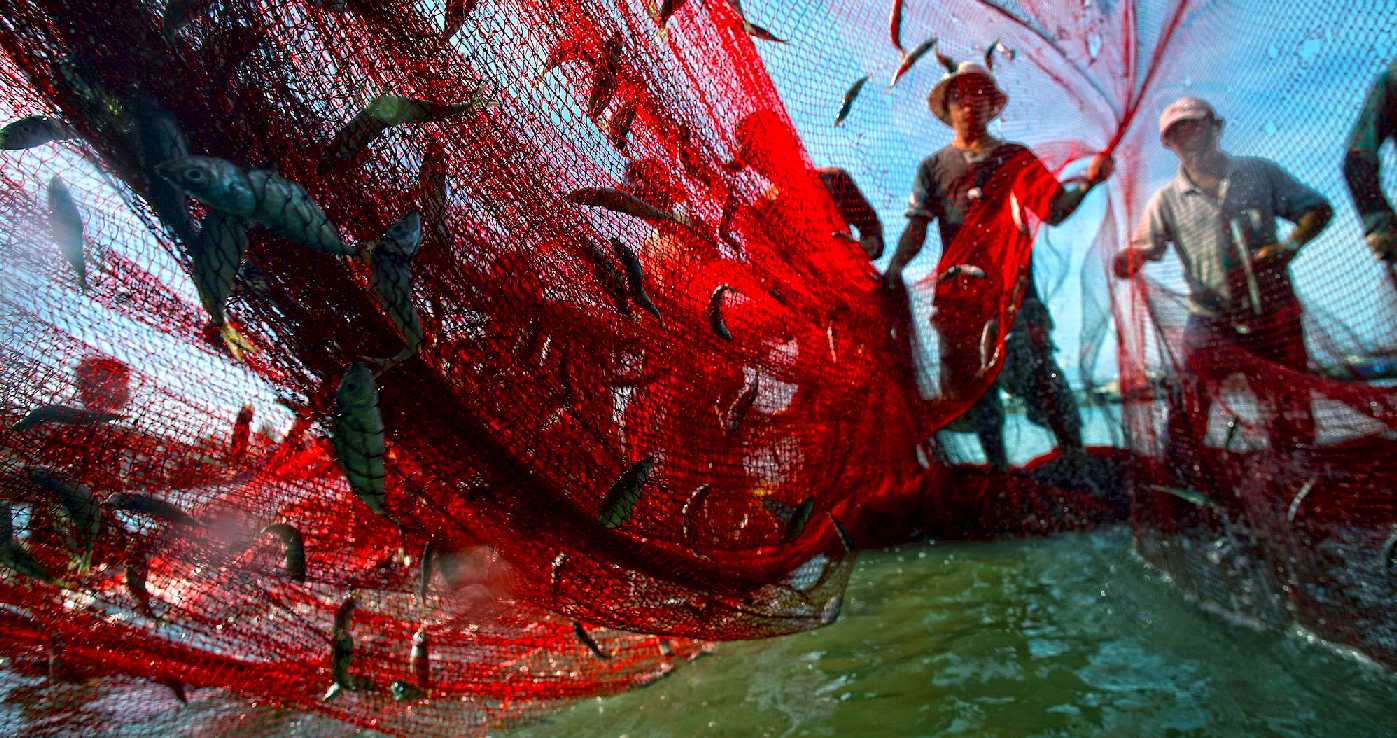
TRADITIONAL
FISHING - Fishing using nets comes
naturally to humans all over the world. The good news is that
apart from the plastic netting, this is a sustainable
enterprise and to be encouraged. Just be careful with those
nets lads.
TERRAMAR PROJECT JULY 11 2017
On January 1, 2016 The United Nations identified 17 goals for the world to reach in order to achieve sustainable development on Earth. Goal number 14 is dedicated to the world’s oceans.
Breaking it down and reviewing the 16 other goals, it becomes apparent that the health of the world’s oceans is the root for the success of the other 16 goals, and the base for a sustainable and healthy planet.
THE
G20 HEADS OF STATE 2018
|

ARGENTINA
|
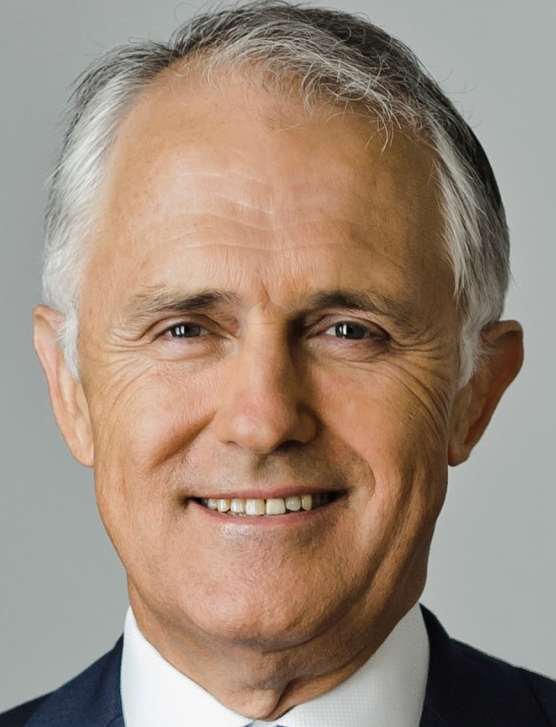
AUSTRALIA
|

BRAZIL
|

CANADA
|
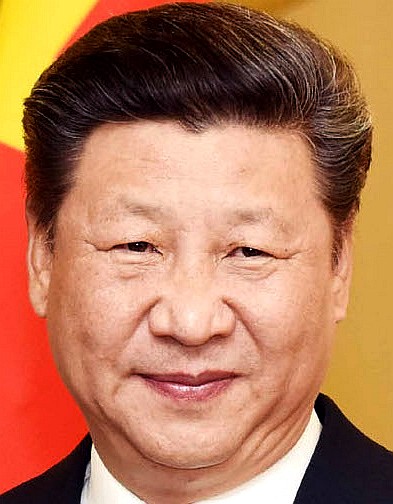
CHINA
|
|

EUROPEAN
UNION
|
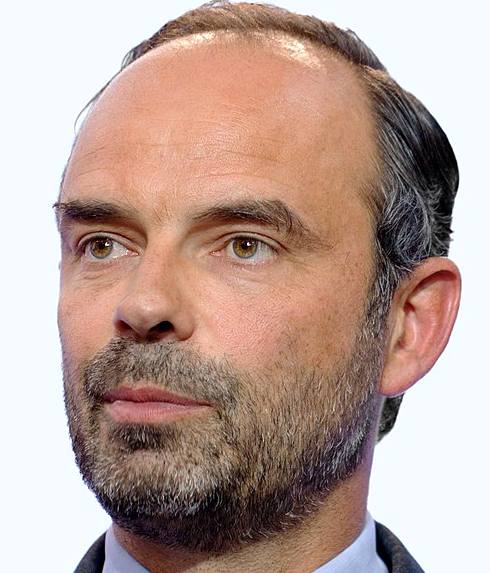
FRANCE
|

GERMANY
|

INDIA
|
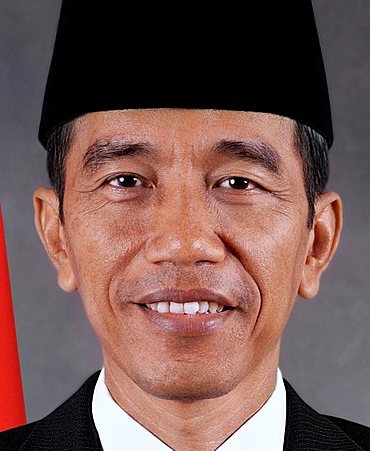
INDONESIA
|
|

ITALY
|
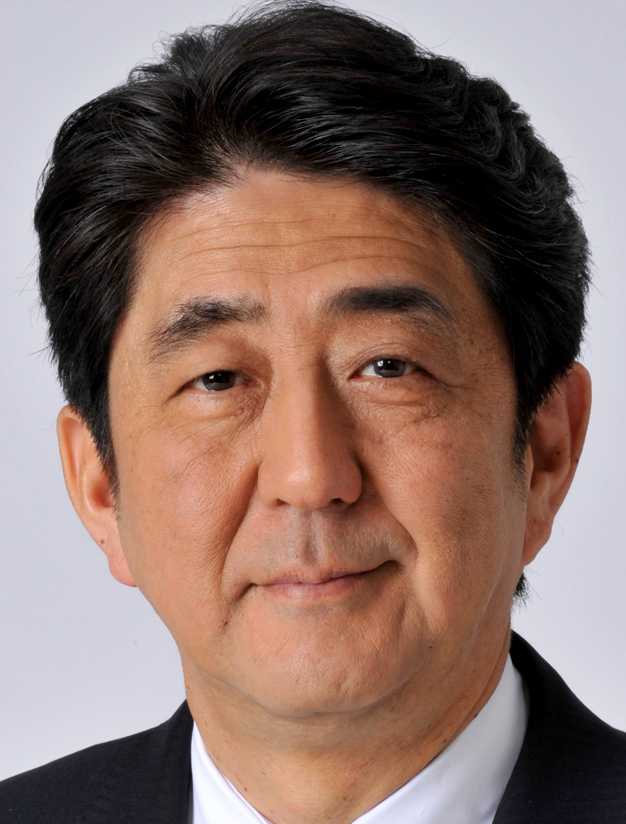
JAPAN
|

MEXICO
|

RUSSIA
|

SAUDI
ARABIA
|
|

SOUTH
AFRICA
|

SOUTH
KOREA
|

TURKEY
|

UNITED
KINGDOM
|

UNITED
STATES
|
SDG 1, No Poverty:
Our oceans are worth an estimated $24 trillion US dollars. With the value of coral reefs alone being $29.8 billion.
Fisheries and aquaculture assure the livelihoods of 10-12 percent of the world’s population with more than 90 percent of those employed by capture fisheries working small-scale operations in developing countries.
In short, a healthy ocean means a healthy economy, especially when the benefits received from the oceans go to local communities.
SDG 2, Zero Hunger:
Over 1 billion people around the world rely on fish as their primary source of protein.
Fish is often the only animal protein available to poorer areas of the world, and makes up 20-50% of the animal protein diet for people in low income food deficit countries.
With a cocktail of threats facing fish stocks around the world (including overfishing, climate change, pollution, habitat loss, and invasive species), this crucial source of nourishment is in danger.
Currently, more than 85 percent of the world’s fisheries have been pushed to or beyond their biological limits.
Aquaculture is the fastest growing food sector in the world, and now accounts for 50% of the world’s fish that’s used for food. Sustainable fisheries and aquaculture have the potential to feed the world’s growing populations if managed correctly.
SDG 3, Good Health and Well-Being
Naturally, fish protein is a vey healthy food source with heart-healthy omega-3 fatty acids, high-quality protein, metabolism-friendly selenium, energy-boosting Vitamin B12, and inflammation-fighting Vitamin D.
However, fish aren’t as healthy for you as they used to be. Today, micro-plastics and organic chemicals such as mercury find their way into marine food webs, where they build up as they move along the food chain and eventually reach our dinner plates.
With so many people around the world relying on fish as their primary source of protein, this is worrisome to human health. Mercury is toxic to the central and peripheral nervous systems, and consumption of methylmercury in high concentrations can lead to mercury poisoning.
The oceans also influence climate. So with rising ocean temperatures and sea levels resulting from climate change, and intensifying storm systems, coastal peoples are at greater risk than ever of natural disaster.
Pollution from poor wastewater treatment in developed and developing nations is another threat to the health of the ocean, and of the people who live nearby. The organic chemicals and pollutants from industry, residences, and storm-water can be very dangerous to human health, causing illness and containing possible carcinogens.
SDG 4, Quality Education
Many sustainable solutions to ocean protection and conservation of marine animals involve educating local communities about the issues at hand.
By educating local peoples and investing into their futures with sustainable economic benefits such as jobs in eco-tourism, sustainable ocean farming, and enforcement, whole communities reap the benefits.
SDG 5, Gender Equality
In commercial and sustenance fisheries around the world, women play a crucial role from haul of the fish at its source, to refinement and sale of the fish. However, their role in this industry often goes unrecognized and is less understood.
By bringing the role of women in fisheries into the spotlight, not only could the management of fisheries be improved, but women can be recognized for the crucial role they play in sustaining a global system that so many people rely on.
Women in these industries generally perform jobs that men find difficult to complete.
INTERNATIONAL
ORGANIZATIONS 2018
|

WORLD
BANK
|

FINANCIAL
STABILITY BOARD
|

INT
MONETARY FUND
|
|
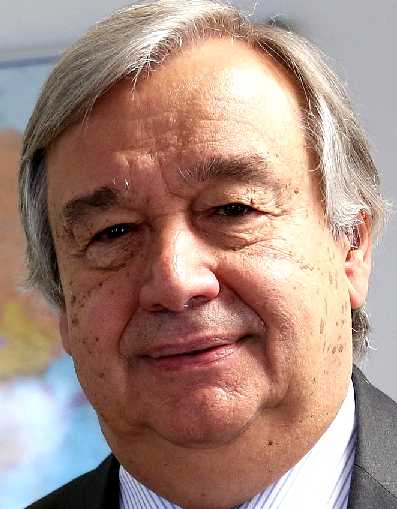
UNITED
NATIONS
|

FOOD
& AGRICULTURE ORG
|

INT
LABOUR ORG
|
|

WORLD
TRADE ORG
|

ORG
ECONOMIC COOPERATION & DEV
|

WORLD
HEALTH ORG
|
SDG 6, Clean Water and Sanitation
70 percent of our world is covered by water, yet freshwater is one of the most limited resources on our entire planet. Less than 3% of Earth’s water is freshwater, and 68% of that is frozen in glaciers. Needless to say, it’s crucial for mankind to manage such a scarce resource responsibly so that it can support a growing population. Unfortunately, we pollute the freshwater that we need to survive all across the world.
As stated in SDG 3, wastewater enters our world’s oceans an alarming rate. These come from sources including Combined Sewer Overflows (CSOs), outdated septic systems, cruise ship waste, and runoff.
For people living in areas that are polluted by wastewater and runoff, not only does drinking water become contaminated and bring risk of disease, but the pollutants entering these waterways almost always reach the ocean.
The big issue here for the ocean is that the nutrients from sewage and wastewater (specifically nitrogen and phosphorous) spark the rapid growth of algae. These algal blooms can suck the oxygen from the water column and block the penetration of sunlight, resulting in dead zone void of all life. There are currently over 400 of these dead zones believed to exist in the ocean today.
On the bright side, technologies are emerging to turn some of the endless supply of salt water on our planet into drinkable fresh water. This can be done by using de-salination processes in a sustainable manner without altering the chemistry of ocean environments.
SDG 7, Affordable and Clean Energy
When it comes to energy, the ocean is full of it.
From the raw power of massive ocean waves, to the constantly gusting winds that form those waves, the oceans offer massive amounts of clean energy to be harnessed by humans. Even the daily changes in tides offer scientists the opportunity to capture the power of moving water.
One of the most promising sources of clean energy has come in the movement towards offshore wind farms. Leaders around the world include Denmark pushing 40% of their energy produced by offshore wind, followed by Uruguay, Portugal and Ireland with well over 20%, Spain and Cyprus around 20%, Germany at 16%; and the big markets of China, the US and Canada at 4, 5.5, and 6% of their power from wind.
SDG 8, Decent Work and Economic Growth
As stated in SDG 1, the oceans offer an incredible value to global economies. Investing in the world’s oceans is investing in the future of a nation.
Commercial fishing is globally considered one of the most dangerous professions in the world. In regards to promoting decent work environments, the open ocean will always be a dangerous place to work, but by supporting tourism-based economies around ocean areas instead of more exploitive economies, jobs with better working conditions will come around.
Small-scale fisheries employ 90% of the world’s capture fishers, and these fisheries often don’t export their catches, as the great majority is used for local consumption and sustenance.
SDG 9: Industry, Innovation, and Infrastructure
Industry
The Commercial fishing industry is a complex global system that has many problems, but there are also many solutions. From the ocean, to the fish market, and eventually to your plate, seafood often becomes mislabeled from its true identity somewhere in the process, often so that sellers can make more money.
Illegal fishing also undermines many efforts to conserve marine environments, and the by-catch of non-target marine species is a huge issue.
There are so many other industries that affect the oceans, such as shipping industry (noise pollution and whale-strikes), deep sea mining, tourism, waste management, energy, and aquaculture to name a few. These industries are all either directly dependent on the oceans for their operations, or affect the oceans in some way through these operations.
To protect the health of the oceans, it’s vital for the industries that are so connected to the ocean to adopt innovations and regulations that minimize their impact.

Innovation
In the fishing industry, innovation comes in the form of more selective fishing gears being designed to more specifically catch only target fish. For example, Turtle Excluder Devices are being used around the world on trawl boats to give any turtle caught as by-catch an escape outlet in the trawl net to swim out of.
Innovation can also come from better science used to determine fishing quotas on certain species (especially those moving with climate change).
In other industries, more efficient planning can help to reduce mankind’s impact on adjacent marine environments. For example, eco-tourism that works with conservation efforts, or better spatial planning of waste management systems and design of marine protected areas.
Technological innovations in these fields are also incredibly important to industries such as the shipping, aquaculture, and ocean exploration. The oceans cover most of the Earth’s surface, yet we know so little about them. The only way to explore the 97% of the ocean that we know nothing about is through innovation.
Drones are currently being used to map more of the world’s remote places than ever before such as Antarctica, and the deep sea. More efficient design of shipping vessels and is also leading to reduced carbon emissions by these industries, and less noise pollution in the world’s seas.
Infrastructure
For many of the changes discussed here to actually happen and better the world’s oceans, infrastructure needs to be in place to support such change and innovation. For example, in areas with limited resources and capital to invest in such innovations, it would be impossible to implement any change from the status quo.
SDG 10: Reduced Inequalities
The resources in the ocean (as mentioned in SDG 1) hold an incredible economic value. If these ocean resources can be managed properly and work with local communities and economies, then poorer areas can reap some of the benefits.
In many cases around the world it’s the poorest people who are affected most by society’s impacts on the environment, which is especially the case when it comes to the ocean.
Whether it’s the impacts of climate change on island nations who depend on the dying coral reefs for their livelihoods, or the highly industrialized commercial fishing fleets that deplete coastal fisheries that people rely on, a dying ocean hurts the poor worst.
One example of the perpetuation of inequality comes from examining the world’s high seas fisheries. These global, industrialized fisheries receive $35 billion a year in subsidies for cheap fuel, insurance and so on. The sum is over a third of the value of the catch. This type of federal funding allows these industries to continue to exploit a depleting resource against the natures of economics and ecology, and directly hurts smaller and more sustainable fisheries by depleting their shared resource.
SDG 11: Sustainable Cities and Communities
Urbanization is a trend seen around the world today, where more people are beginning to live in cities rather than suburbs. With an exponentially growing human population, it makes sense to expand upwards rather than outwards.
Cities take up only 5% of Earth’s land, yet they contribute to 70% of both global energy consumption and greenhouse gas emission
For the ocean, sustainable cities and communities have the potential to solve the problems of ocean pollution. Whether it’s plastic pollution from stores and household items, or waste pollution that runs off into the world’s coastlines and creates dead zones where life struggles to exist, congregated areas of the human population with a modernized waste management systems are our best bet at reducing carbon emissions, plastic pollution, and waste pollution in our world’s oceans.
If we continue our trends of reckless pollution of our oceans, then by the year 2050 there will be more plastic in the ocean than fish, dead zones will suffocate coastal areas, and climate change will drastically change the chemistry of the world’s oceans.
SDG 12: Responsible Consumption and Production
Everyday people can absolutely make a difference in the fight to save our world’s oceans. The choices we make around what we spend our hard-earned money on play a critical role to the health of the oceans.
Some examples of the choices we can make at the consumer level to protect the ocean are to reduce consumption of single-use plastics like bags and water bottles, to invest in renewable energy (solar) to power your home, and to be aware of where your food is sourced from and whether or not your seafood was sustainably caught. Really any purchase decision that supports a more circular economy (an economy that recycles waste back into production), supports the good health of our oceans.
On the side of production, industries connected to the ocean need to adopt a more responsible approach to their operations. Traceability and transparency in business operations are crucial to making the world’s fishing industries more sustainable. Such a large percentage of seafood today is mislabeled (either as an entirely different species, or as wild-caught instead of farmed), and illegal fishing is a massive problem that undermines conservation efforts around the world.
SDG13: Climate Action
Climate change is directly linked to the health of our world’s oceans, and vise versa. The ocean is a natural sink for carbon dioxide, absorbing 26 percent of all emissions.
However, this uptake of carbon dioxide is changing the chemistry of the oceans, making them more acidic and inhabitable to some of our oceans most important life forms. Increasing global temperatures are leading to a warming and expanding ocean, which is causing sea levels to rise and placing low-lying countries at risk of becoming buried beneath the sea.
To make matters worse, the oceans are reaching their carbon saturation point, which means that more carbon dioxide will be released directly into the atmosphere, accelerating the effects we’re seeing.
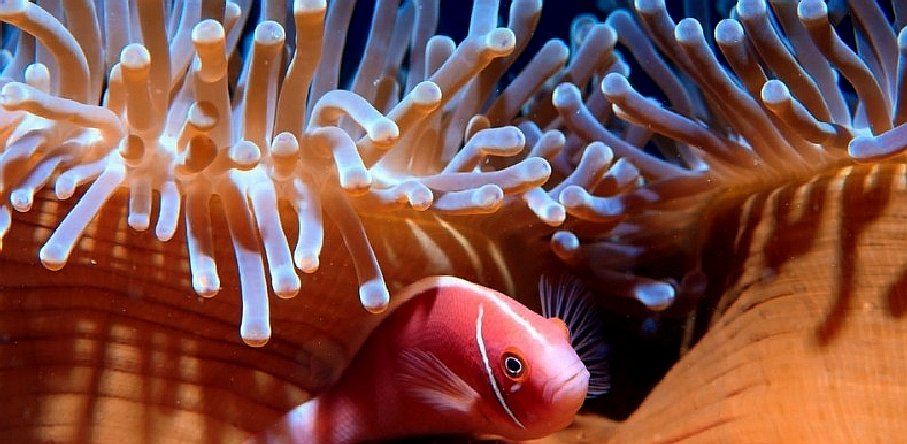
Anchovies
| Bass
| Bream
| Catfish
| Clams
| Cod
Coley
| Crabs
| Crayfish
| Eels
| Grouper
| Haddock
| Hake
| Halibut
| Herring
| Jellyfish
Krill
| Lobster
| Mackerel
| Marlin
| Monkfish
| Mullet
| Mussels
| Oysters
| Perch
| Plaice
| Pollock
| Prawns
| Rays
| Sablefish
| Salmon
Sardines
| Scallops
| Sharks
| Shrimp
| Skate
| Sole
| Sprat
| Squid
| Sturgeon
| Swordfish
| Trout
| Tuna
| Turbot
| Whiting
SDG 14: Life Below Water
“The sea, the great unifier, is man’s only hope. Now, as never before, the old phrase has a literal meaning: we are all in the same boat.” – Jaques Yves Cousteau
SDG 15: Life on Land
Without healthy oceans, there can be no healthy land either. As the famous ocean explorer and advocate Sylvia Earle has proclaimed: “No Blue, No Green”.
The oceans produce 70 percent of all oxygen on Earth. Further, the oceans are a massive force in regulating the climate of our world. And increasing intensity of extreme weather events has the unfortunate potential to devastate coastal communities of both humans and animals. And it’s only going to get worse.
Without the ocean, life on Earth would not be able to exist. For humankind’s own self interest, it only makes sense to protect the oceans first above all else. Without a healthy ocean, there is no habitable climate. Without a healthy ocean, there’s no food for the world’s growing population. And without a healthy ocean, there is no hope for a future here.
SDG 16: Peace, Justice, and Strong Institutions
By harming the world’s oceans, we make life on Earth more difficult. From the effects of natural disasters to the destruction of our ocean resources, if we continue to degrade the health of our oceans, the health of mankind will fade as well. And when people around the world suffer from catastrophe such as a hurricane/typhoon, or worsening drought from climate change, stability and peace become disrupted by the need to survive in a changing world.
A state of peace is crucial for the oceans to receive the attention they deserve. The oceans need funding and manpower dedicated to fighting for their health, and international conflicts directly influence these crucial factors.
To fight the issues of overfishing and other human impacts in the world’s coasts and high seas, it’s crucial for nations to have a strong authoritative presence and influence out on the water. Scientists can discover the most efficient way to manage our world’s oceans and solve the problems we are causing them, but this will be for nothing if solutions are constantly undermined by illegal activities.
SDG 17: Partnerships for the Goals
The problems faced by our world’s oceans: Climate
Change, Overfishing, Pollution, Invasive Species, and Habitat Loss are all international issues that cross many political boundaries.
In order to solve many of these issues, nations must work together towards the same solutions, and in the end everyone will benefit. We cannot afford to fail our world’s oceans. Because if the oceans fail, the fate of mankind will surely follow.
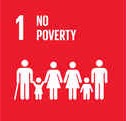  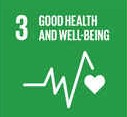 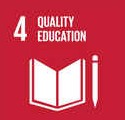  
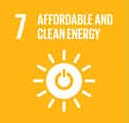  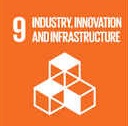 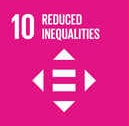  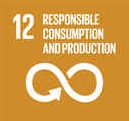
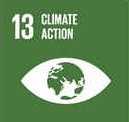 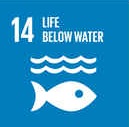 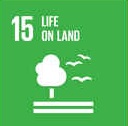 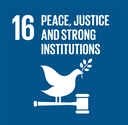  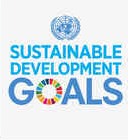
LINKS
& REFERENCE
https://oceanconference.un.org/sdg14
https://sustainabledevelopment.un.org/sdg14
http://www.un.org/sustainabledevelopment/oceans/
http://theterramarproject.org/thedailycatch/sustainability-development-goal-14-save-ocean-save-world/
https://oceanconference.un.org/
http://www.un.org/
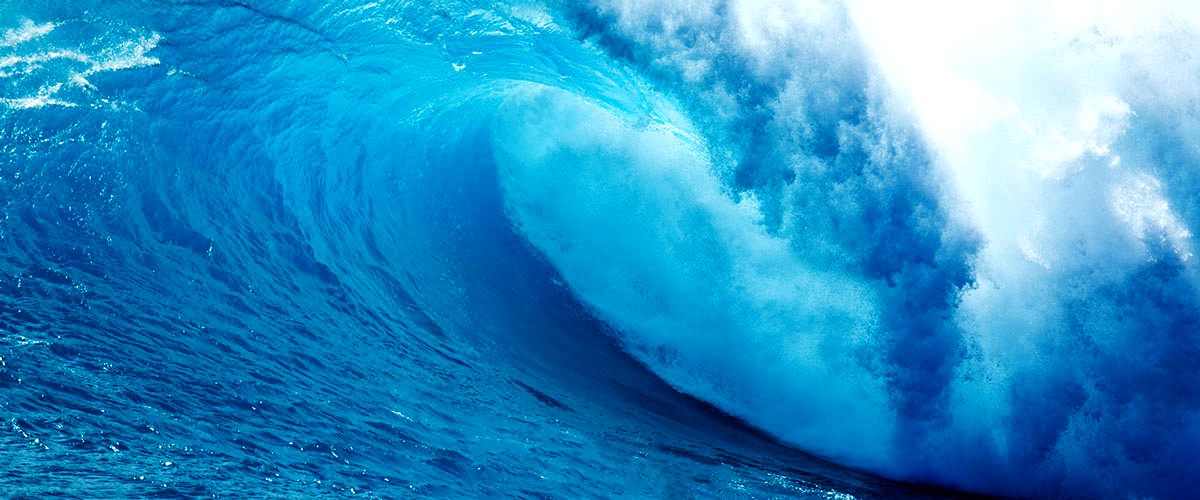
This
website is provided on a free basis as a public information
service. copyright © Cleaner
Oceans Foundation Ltd (COFL) (Company No: 4674774)
July 2017. Solar
Studios, BN271RF, United Kingdom.
COFL
is a charity without share capital. The names AmphiMax™,
RiverVax™
and SeaVax™
are trade names used under license by COF in connection with their 'Feed
The World' ocean cleaning sustainability campaign.
|



















































